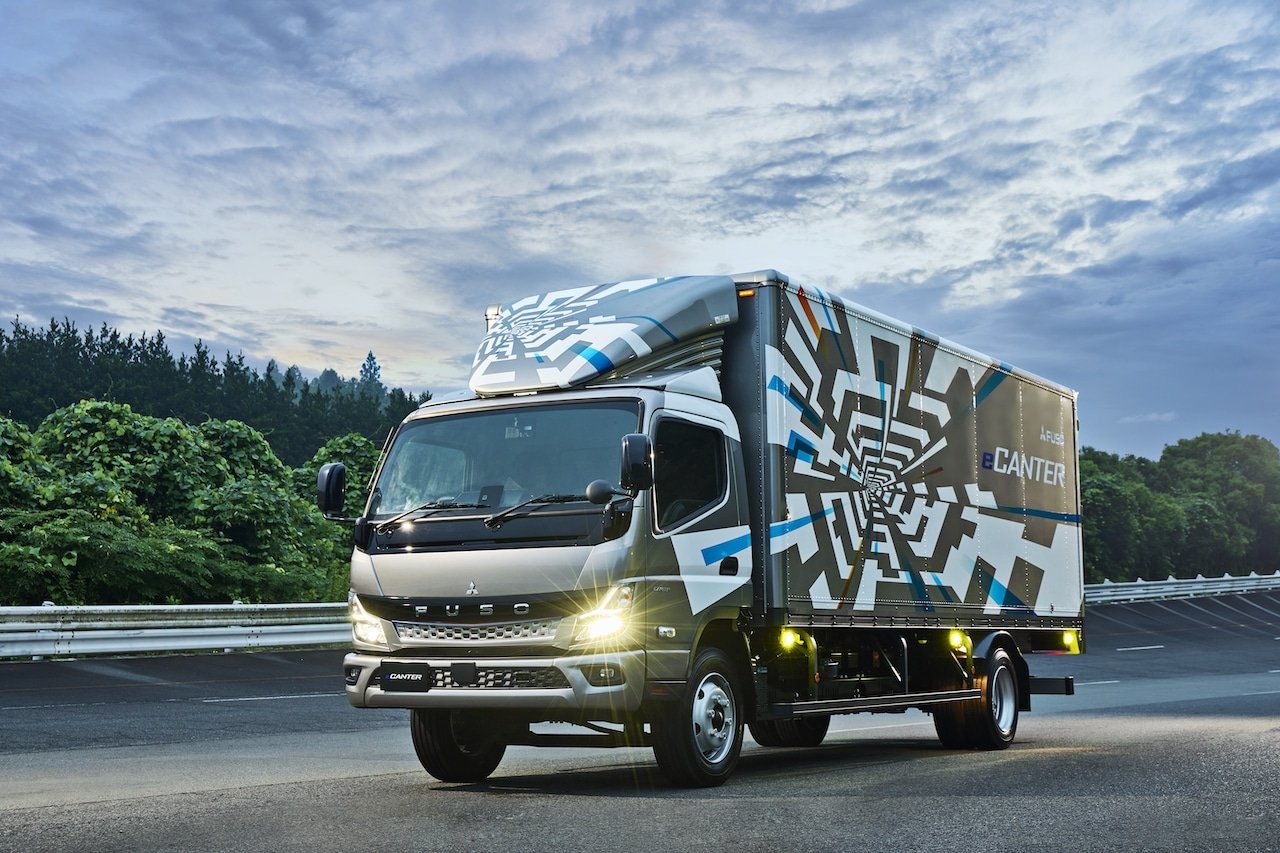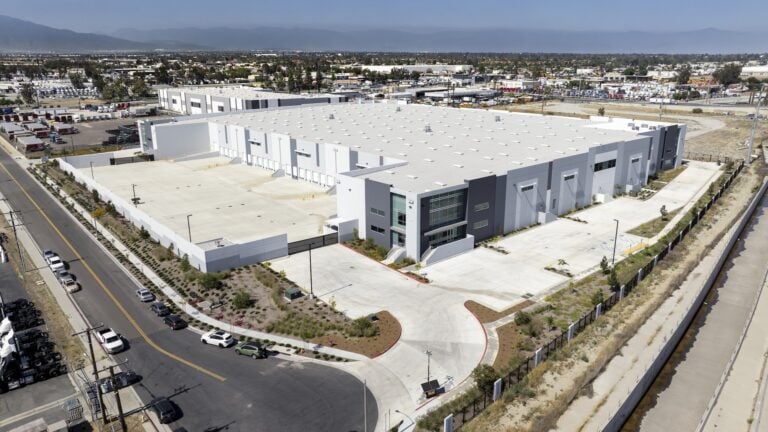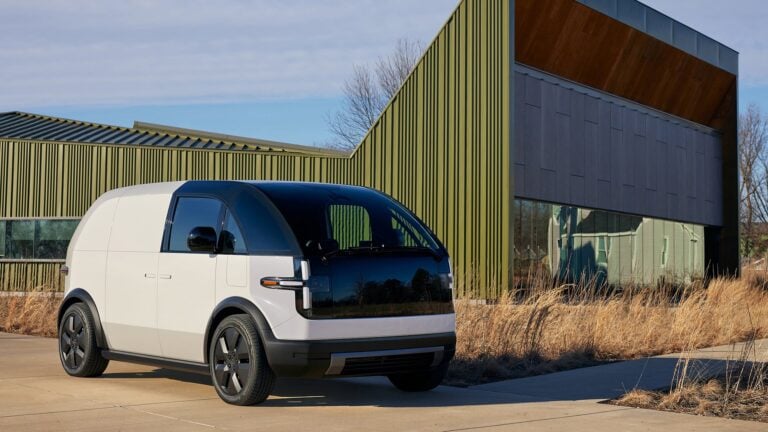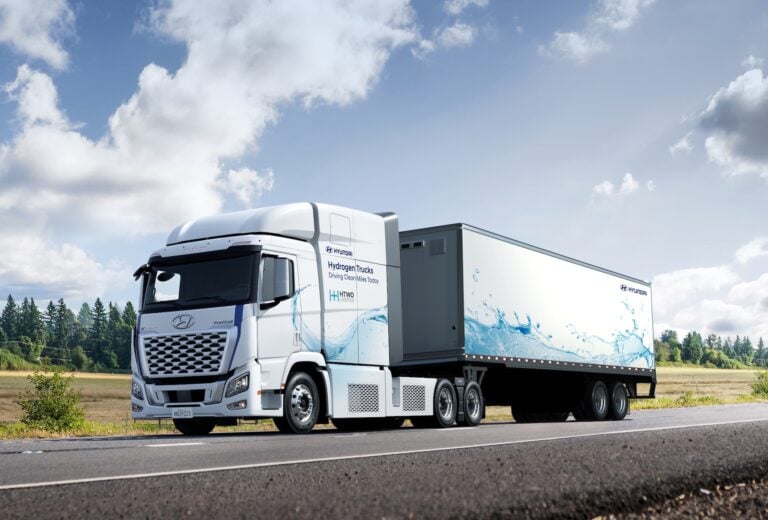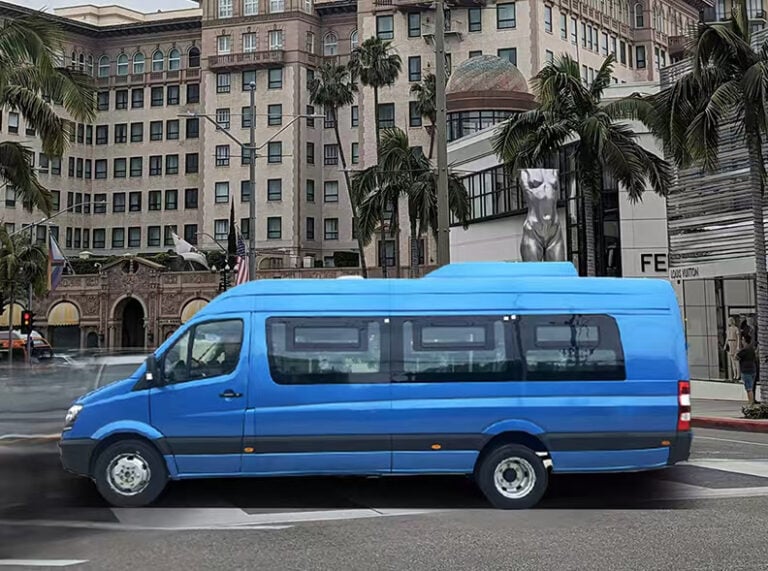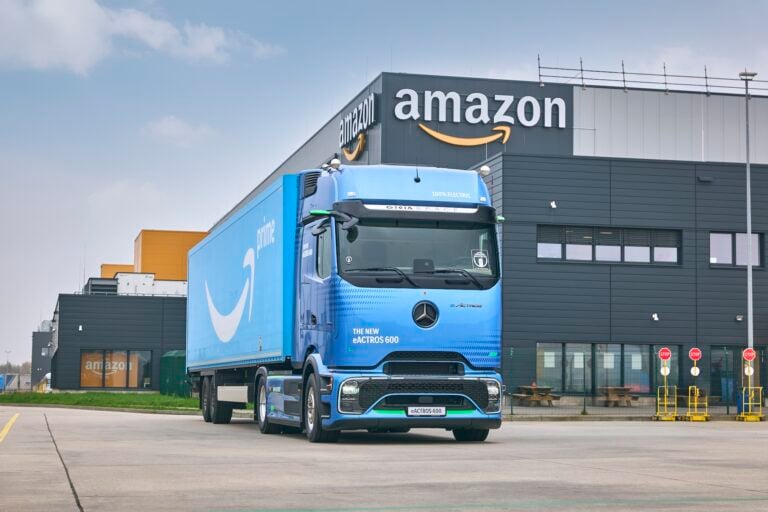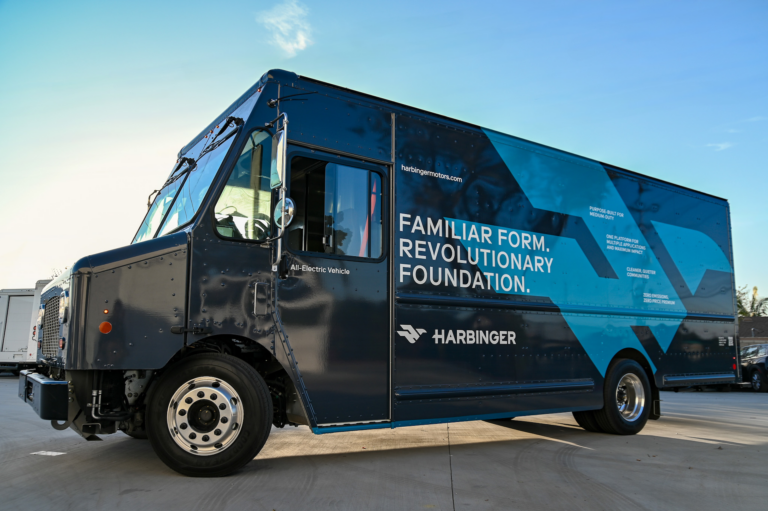Newly adopted modular battery concept will allow customers to select from three different driving ranges
Kawasaki, Japan – Mitsubishi Fuso Truck and Bus Corporation (MFTBC; headquarters: Kawasaki City, Kanagawa Prefecture; President and CEO: Karl Deppen), unveiled the next generation model of the all-electric light-duty truck eCanter on September 7. Since its launch in 2017 as the first series-produced all-electric light-duty truck in Japan, the pioneering vehicle has also been running in Europe, North America, Australia, and New Zealand. With 5 years of operational experience, MFTBC has developed the Next Generation eCanter, which addresses even more diverse logistics needs with a significantly expanded vehicle lineup. Sales of the Next Generation eCanter in the Japanese market are scheduled for Spring 2023. MFTBC will also launch the new vehicle in additional overseas markets in the coming years.
Significant expansion of chassis lineup
MFTBC has adopted the eAxle in the Next Generation eCanter, integrating the motor with the rear axle and allowing for a more compact drivetrain structure. With these structural changes, a significant expansion of the product lineup was made possible. The Next Generation eCanter lineup includes 28 variants for the Japanese market and approximately 80 variants for overseas markets to address a wider range of logistics needs. In addition to the current 7.5 ton (GVW) model, the new vehicle comes in weight classes ranging from 5 tons to 8 tons for Japanese customers, and starts from the 4 ton class for overseas models. The cab variation has also been expanded; MFTBC newly offers a wide cab (2,130mm) that can accommodate more cargo, in addition to the standard cab width (1,700mm) that brings more flexibility to routes covering narrow roads. The variety of wheelbases has also been expanded, from 2,500 mm up to 4,750 mm.
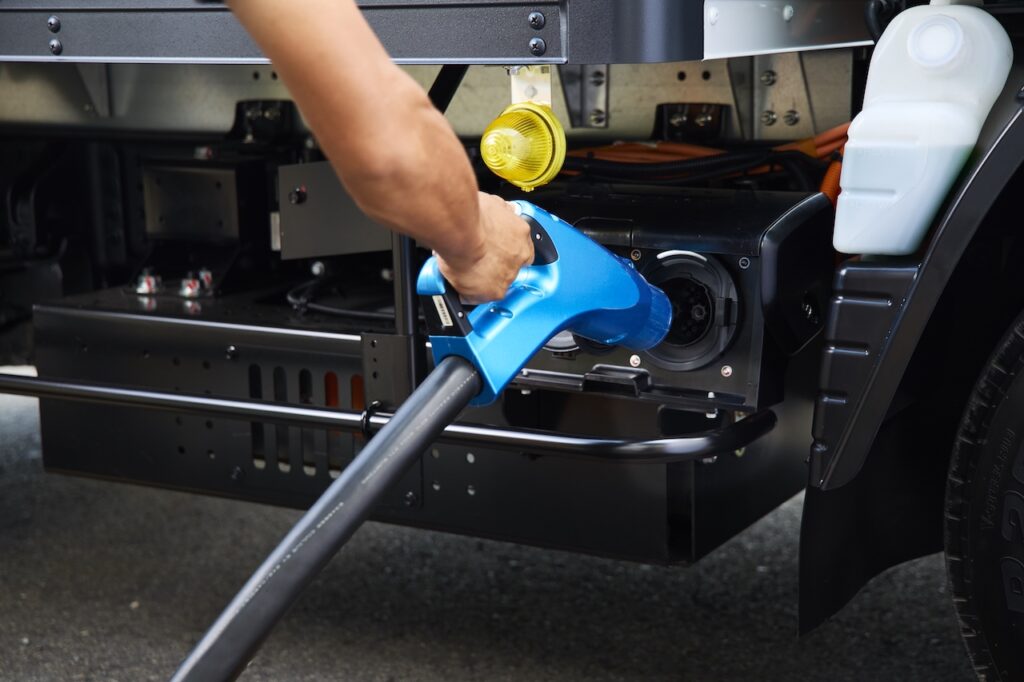
Extended range with modularized batteries
With the Next Generation eCanter, MFTBC is introducing a new modular concept for the batteries. The vehicle can house one to three batteries, based on the wheelbase. The vehicles equipped with a single battery with a rated capacity of 41 kWh can drive approximately 80 km on one charge, while those with two batteries can be driven for approximately 140 km, and those with three batteries around 200 km3. In addition, Japanese customers have access to a V2X function that enables the eCanter’s batteries to supply power to homes and other equipment in the event of an emergency.
PTO for various bodies and applications
The new model is also equipped with the “ePTO” power take-off unit which enables special purpose applications for customers wishing to operate their eCanter with a tipper, rear crane, or climate-controlled van body, among other various options.
Enhanced EV-specific functions
The Next Generation eCanter also comes with enhanced EV-specific functions. Regenerative braking can be controlled at four levels, greatly contributing to power savings and enhanced drivability. Additionally, Battery Pre-Conditioning, which allows the battery to be preheated through a timer setting during AC charging, as well as the Heater Cut Switch feature to save energy consumption, are newly integrated. The Energy-saving Heating function*5, which warms only the most needed areas such as the seats and steering wheel, has also been added.

